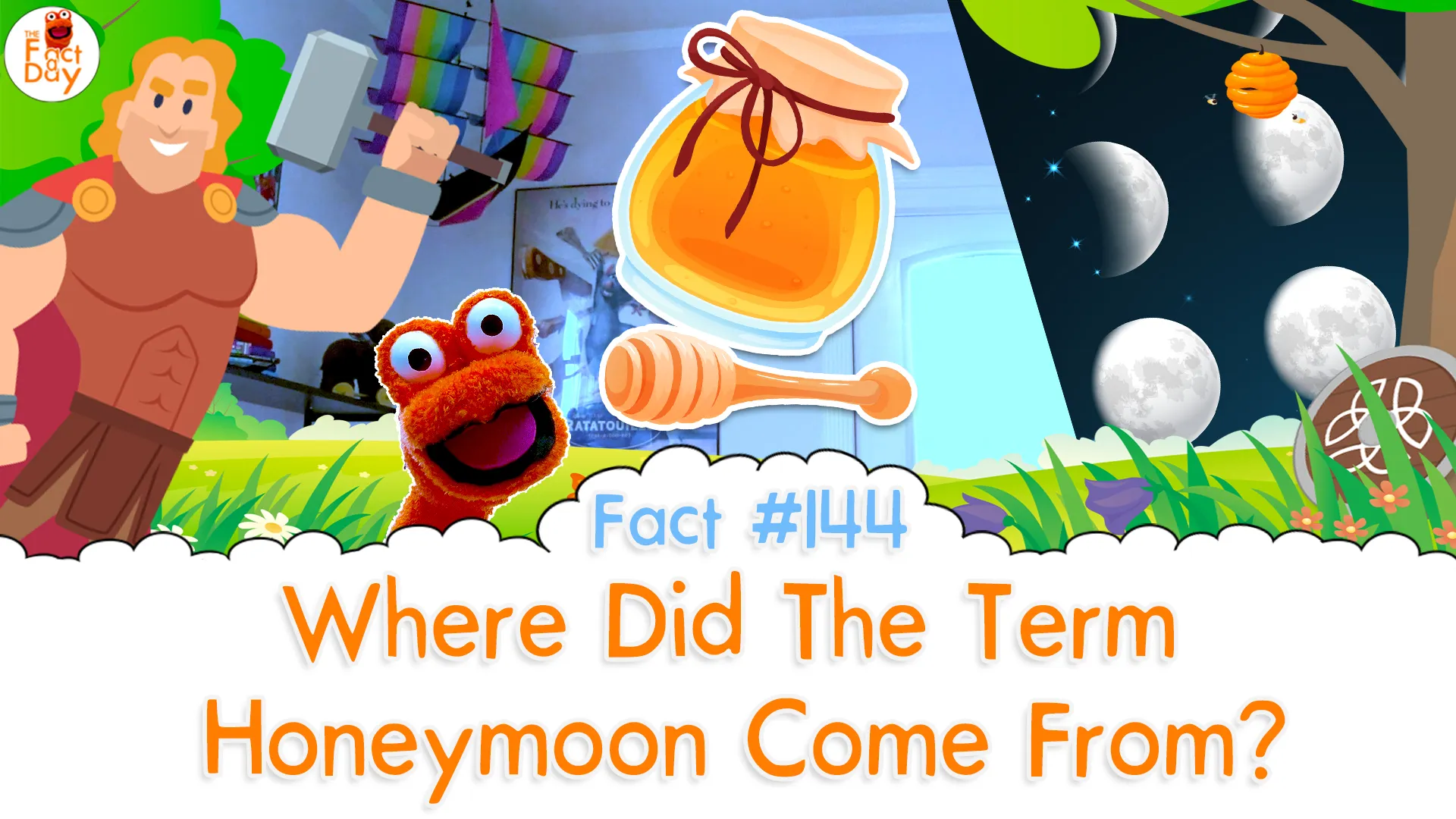Honeymoon Origins The Start of It All
The concept of a honeymoon, a special trip taken by newlyweds, is deeply rooted in history and tradition. It’s a custom that has evolved significantly over time, reflecting changing societal norms, cultural practices, and the evolving understanding of relationships. The modern honeymoon, often associated with luxury travel and romantic getaways, has fascinating origins that trace back to ancient customs and rituals. Understanding how the honeymoon came to be provides insight into the enduring human desire for celebration, connection, and the promise of a shared future. Let’s explore the captivating story behind the honeymoon.
The Ancient Roots of Honeymoons
The earliest forms of what we now recognize as a honeymoon were far from the luxurious vacations of today. Historians believe the roots of the honeymoon lie in ancient practices. In many ancient cultures, the period immediately following a wedding was a time for the bride and groom to remain hidden. This seclusion allowed the couple to adjust to their new roles and begin their lives together away from the prying eyes of society. The duration and specific practices varied, but the central theme was a period of transition and privacy. These initial periods of seclusion were often associated with rituals meant to ensure fertility, prosperity, and the successful establishment of the new household. The length of this time also varied, sometimes lasting for an entire moon cycle, which may have influenced the term “honeymoon”.
The Mead and the Moon What’s the Connection?

The term “honeymoon” is believed to have originated from the practice of consuming mead, a honey-based alcoholic beverage, during the first month of marriage. Mead was considered an aphrodisiac and a symbol of fertility in many cultures. The “honey” part of the name refers to the mead, and the “moon” symbolizes the month-long period when the couple would drink it. The consumption of mead was often tied to rituals and traditions aimed at ensuring a successful marriage and the birth of children. The availability of mead and its association with fertility made it a central part of these early wedding celebrations. Therefore, the “honeymoon” wasn’t just a vacation; it was a month of drinking mead under the moon, with the intention of ensuring fertility and a happy marriage, according to ancient folklore.
The Role of Bride Kidnapping
In some cultures, the early honeymoon period was related to bride kidnapping or abduction. In ancient societies where marriage was often a matter of negotiation or capture, the groom and his bride might flee to hide from the bride’s family. This “kidnapping” wasn’t always violent, but it represented a break from the bride’s family and a period of adjustment for the new couple. During this time, the couple would live apart from both families, solidifying their bond and creating a foundation for their new life together. The duration varied, but it was a significant period in which the couple would learn to rely on each other and establish their own household before returning to society. This practice highlights the diverse ways in which early cultures approached marriage and the transition to married life.
How Did Honeymoons Transform Over Time?
From Ancient Times to the Medieval Era

As societies evolved, so did the customs surrounding marriage and the post-wedding period. In the medieval era, the idea of a honeymoon began to shift from secrecy and seclusion towards more celebratory rituals. The practice of consuming mead continued, and the focus started to shift towards establishing a new household and the couple’s integration into the community. The couple might travel to visit relatives, solidify relationships, and receive blessings for their marriage. The emphasis on fertility and the desire for children remained, but the context of the honeymoon changed, with the couple’s social obligations playing a more prominent role. The length of the honeymoon was not always a fixed period, but instead, it was adapted to reflect the couple’s situation and the expectations of their social circles.
The Victorian Influence
The Victorian era brought significant changes to the concept of honeymoons. The focus shifted from fertility rituals and seclusion to social visits and the couple’s establishment within their social circle. Honeymoons became a sign of social status, with the wealthy using them as an opportunity to travel and display their affluence. These early “honeymoon trips” often involved visiting relatives and friends, showcasing the new couple’s status. The Victorian honeymoon was marked by a greater emphasis on decorum and appropriate behavior. The couple’s journey was seen as a public statement of their commitment and a chance to integrate into their respective social circles. This evolution of the honeymoon marks a move from ancient customs to a period with greater social significance.
Honeymoons in the Modern Age
In the modern age, honeymoons have transformed into the romantic getaways we recognize today. The primary focus is on providing a couple with a chance to relax, connect, and celebrate their new life together. Honeymoons are now often synonymous with luxury travel, exotic destinations, and unique experiences. The emphasis has shifted away from social obligations and towards the couple’s personal desires and the opportunity to create lasting memories. Modern honeymoons reflect the increasing availability of travel options, a greater focus on personal freedom, and the importance of experiences over traditional customs. Many couples now look for personalized itineraries, adventure, and the chance to explore new cultures and create new memories.
The Significance of Honeymoons Today

A Symbol of New Beginnings
Today, a honeymoon is a significant symbol of a new chapter in a couple’s life. It’s an opportunity to step away from the pressures of daily life, relax, and focus solely on each other. The honeymoon is a time to solidify the couple’s bond, create shared memories, and begin building their future together. It represents a celebration of love and commitment, serving as a way to transition from single life to married life. The modern honeymoon provides a dedicated space for the couple to embrace their love story, whether it’s an adventure, relaxing beach trip, or exploring a new city. It signifies a conscious choice to begin their journey as a married couple, free from outside distractions and full of anticipation for the future.
Planning a Romantic Getaway
Planning the perfect honeymoon involves several considerations, and the goal is always to create an experience that is uniquely tailored to the couple’s preferences. Couples must start by choosing a destination that resonates with both partners, whether it’s a tropical beach, a vibrant city, or an adventurous outdoor location. Accommodation choices range from luxurious resorts to charming boutique hotels. Consider activities that the couple can enjoy together, from relaxing spa treatments to adventurous excursions. Customizing the itinerary, ensuring time for relaxation, and making space for intimate moments are key to making the honeymoon truly special. The planning process is a way for the couple to dream together and design the start of their married life.
Exploring the Future of Honeymoons

The future of honeymoons is likely to reflect evolving societal trends, technological advancements, and the increasing emphasis on personalized experiences. We can expect to see a rise in sustainable and eco-friendly travel options, catering to couples who prioritize environmental consciousness. Honeymoons may become more focused on immersive cultural experiences, where couples seek to connect deeply with local communities and cultures. The use of technology will likely play a greater role, with virtual reality experiences and personalized travel planning tools. The core of the honeymoon will remain the same, a period of intimacy and celebration, but the way couples experience and create memories will continue to evolve.
